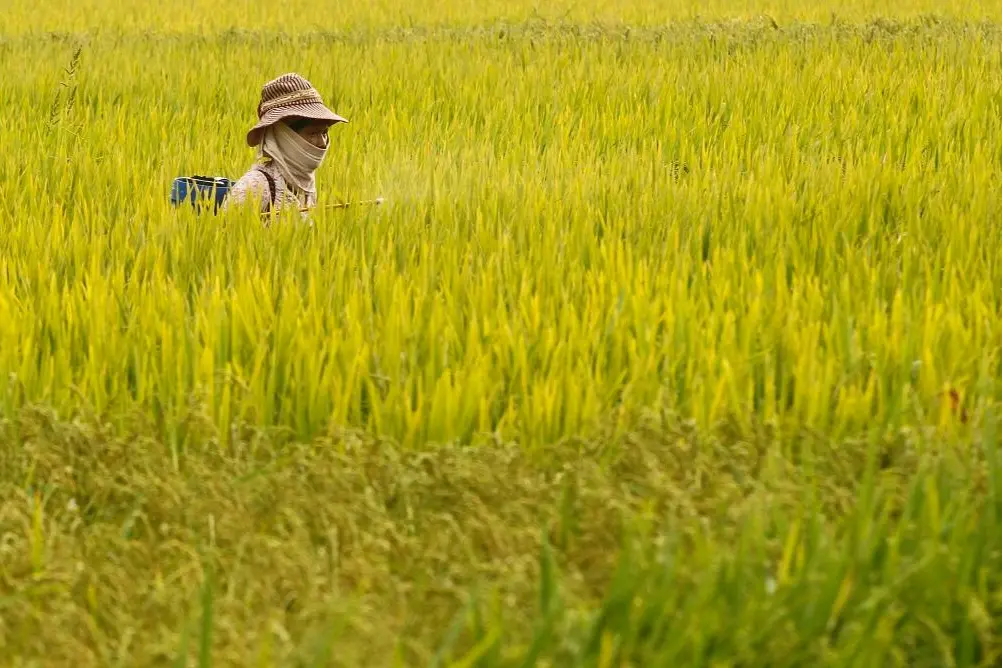PHOTO
DHAKA/MUMBAI - Bangladesh's rice imports are likely to plunge 66 percent from a year ago to 1.2 million tonnes in 2018/19 as the south Asian country is likely to harvest a bigger crop after prices jumped in the domestic market, industry officials told Reuters.
Lower imports by Bangladesh could reduce rice exports by India, the biggest supplier to the neighbouring country.
"Bangladesh is unlikely to buy actively in the market next fiscal year like this year. It's importswould be around 1.2 million tonnes," Nitin Gupta, vice president, rice business at Olam India, told Reuters.
Bangladesh has imported 3.5 million tonnes of rice so far in the current fiscal year ending in June, massively up from 133,000 tonnes in the previous year as floods ravaged its domestic crop.
"There won't be panic buying from the government next year. Stock level has improved significantly," said a Mumbai-based dealer with a global trading firm. He declined to be identified citing company policy.
As well as higher supplies, a bigger inventory will cut the country's imports in coming months, said Badrul Hasan, head of Bangladesh's state grain buyer.
Rice stocks have risen to 1 million tonnes after falling to 245,000 tonnes in May 2017, the lowest in 10 years, food ministry data showed.
In 2017, rice prices in Bangladesh jumped due to depleting inventory and forced the government to seek supplies from Asian countries like India, Thailand and Vietnam.
The price rise prompted farmers to expand areas under the summer-sown crop, also known as 'Boro', to more than 4.9 million hectares, exceeding the target of 4.7 million hectares, said Mohammad Mohsin, director general of Department of Agriculture Extension.
The country's rice output from the summer crop could rise nearly 6 percent to 19 million tonnes, he said. Boro crop usually contributes more than half of Bangladesh's typical rice production of around 35 million tonnes.
The harvesting of Boro crop has started and likely to be completed by first week of July.
Bangladesh's rice production in 2018/19 is expected to recover to 34.7 million tonnes, up 6.3 percent from a year ago, estimates the U.S. Department of Agriculture attache in Bangladesh.
Meanwhile lower imports by Bangladesh will dent India's exports, which surged to a record in 2017.
India, the world's biggest rice exporter, managed to ship more than usual in 2017 due to good demand from Bangladesh and Sri Lanka, but this year exports could be 1 million tonnes lower than last year's 12.5 million tonnes, said Olam's Gupta.
(Reporting by Ruma Paul in DHAKA and Rajendra Jadhav in MUMBAI; Editing by Kenneth Maxwell)
© Reuters News 2018












